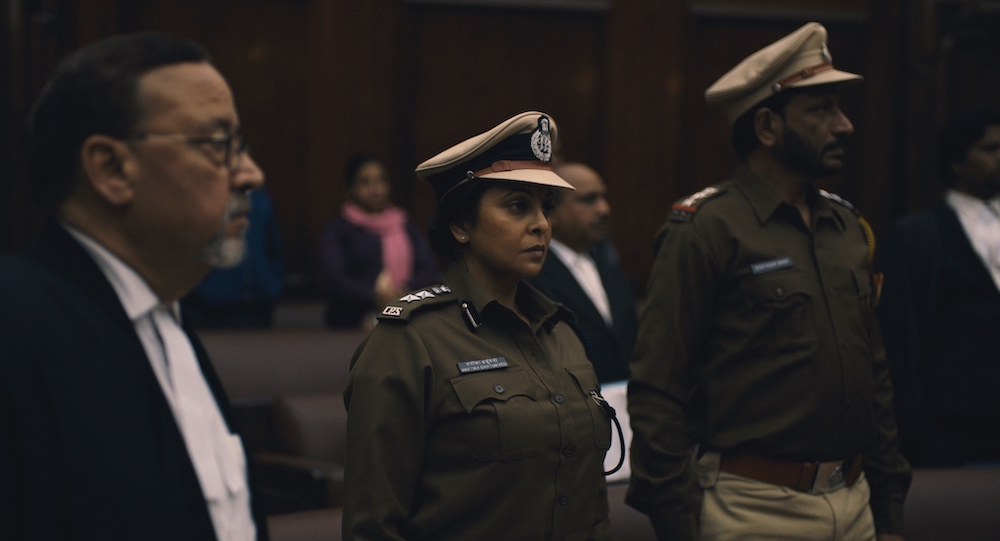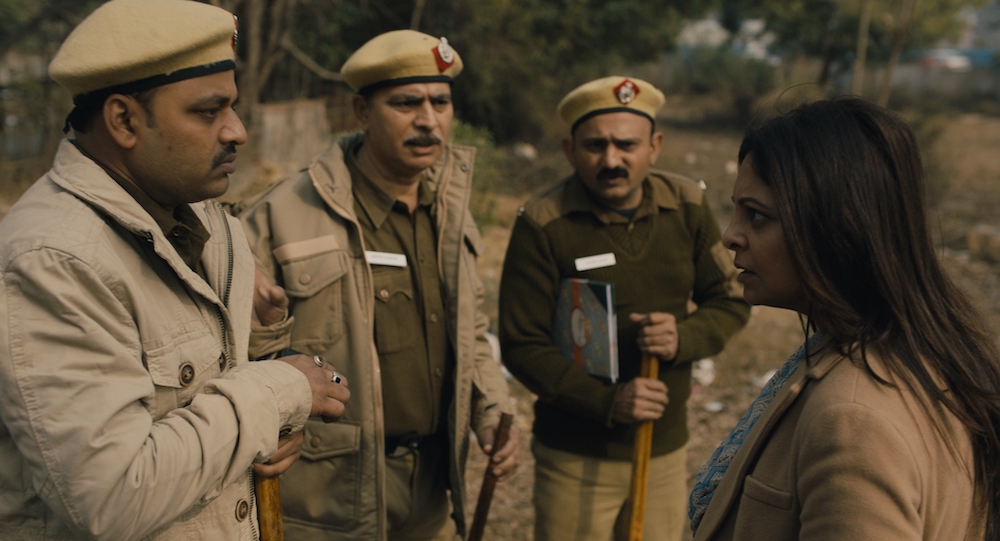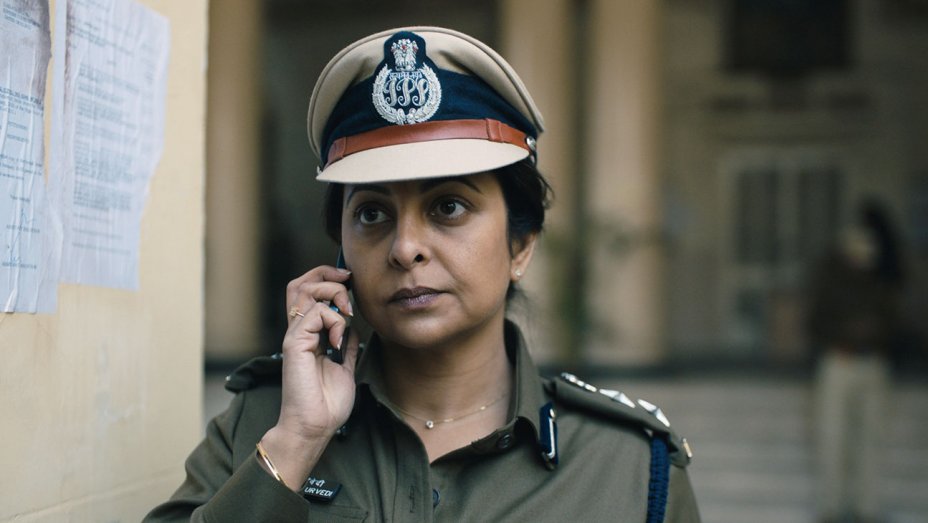Netflix’s ‘Delhi Crime’ is a crime thriller that follows a different case each season. Created by Richie Mehta, the International Emmy winner has won praise for its accurate portrayal of the police department and the detective work that goes into solving the cases, which are more often than not about finding needles in a haystack. The crimes that it revolves around are harrowing and the brutality of the criminals sends shivers down one’s spine.
The tension is added with the police officers under constant pressure from the higher-ups and the media to deliver justice as soon as possible. The raw depiction of such events often makes for an uncomfortable watch and makes one wonder if such things could ever happen in real life. If you are wondering whether or not ‘Delhi Crime’ is based on a real crime that unfolded, here’s what you need to know.
The 2012 Delhi Gang Rape Which Inspired the Show
Yes, ‘Delhi Crime’ is based on a true story. Real crimes indeed inspire the events the crime drama depicts. Having said that, while the core of the narrative remains rooted in reality, the version presented to the audience is fictionalized in terms of characters and timelines. The first season focuses on the investigation into the brutal rape of a 23-year-old woman named Deepika. It is based on a real crime that took place on December 16, 2012, in Delhi, the capital of India.

On a fateful night, a young woman and her friend were returning home after watching a movie. They took a private bus, which was mostly empty, with only six other men on board, including the driver. The men attacked the duo, brutally raped and tortured the woman, and left them naked on the side of the road, where they were later found and taken to the hospital. However, the woman succumbed to the injuries on December 29, 2012.
Due to the extremely heinous nature of the case, the police department faced pressure to resolve it as quickly as possible, which is what the Netflix series focuses on. To their credit, the cops identified the suspects and caught all six of them within five days. One of them died by suicide while in jail, while four others were found guilty of the crime and given death sentences. The sixth culprit was identified as a juvenile and faced three years of imprisonment in a reform facility.
Richie Mehta, who also directed the first season of the show, was interested in telling this story on screen. He was influenced by films like ‘The French Connection’ and ‘Zodiac‘ and wanted ‘Delhi Crime’ to have the same tone and level of authenticity. For this, he got in touch with Neeraj Kumar, who had served as Delhi’s Police Commissioner at the time, the role Adil Hussain essays in the series. Kumar served as a consultant for the show and introduced the writer-director to the team that had worked on the case, including IPS officer Chhaya Sharma, who served as the inspiration for Shefali Shah’s Vartika Chaturvedi.
Mehta pored through the case files, and on Sharma’s advice, put in the work to understand how the Delhi police department operates. “Most of the people working on films or documentaries about the police system aren’t aware of how police departments actually work and that’s why I used to tell Richie that he should go to police stations, just sit and observe how things work. I think he went to all the spots and police stations. In fact, he even went to meet doctors and visited the hospital,” Sharma told The Times of India.

In the second season, Vartika Chaturvedi and her team have to solve another gruesome crime. This time, the elderlies in the posh areas of Delhi are under attack by what looks like the work of a gang that has been operating since the late 80s. While it is later revealed that the murderers are actually copycats, the story itself is inspired by the crimes of a real gang called the Kachcha Baniyan gang AKA The Chaddi Baniyan gang, named so due to their attire; they wear only undergarments at the time of the crimes.
The gang has been active since 1987 and has expanded to such a scale that it is now related to robberies and murders all over the country, especially in North India. As per reports, the criminal group is connected to a de-notified tribe called the Bawariyas. The gang is known for robbing, murdering, assaulting, and raping their victims and often leaving the crime scene in a foul state. Aside from their clothes, their trademark is to lather oil on their body to ensure that they can slip away should anyone try to catch them.
‘Delhi Crime’ season 2 draws material from the gang’s exploits and their modus operandi but creates a different story altogether. The writers of the show delved into scores of police files about the cases related to the Kachcha Baniyan gang. They spoke with the police officers who’d worked on such cases, as well as with the reporters who’d followed the stories of the gang over the years. Neeraj Kumar’s 2019 non-fiction book ‘Khaki Files: Inside Stories of Police Missions’ also served as the source material for the second season, in particular, the story ‘Moon Gazer.’ While the events in the show take a different turn regarding the gang, the story makes a point to throw light on the prejudice that the actions of the gang have sparked against the tribe.
In telling its stories, the Netflix series takes some creative liberties and adds some new details for the characters or distorts the timeline a little bit to make it more compact for the purpose of storytelling. Even with some fictional elements in the show, we can say that with the keen research that’s gone into it, ‘Delhi Crime’ has a strong foundation of reality to back its version of events.


You must be logged in to post a comment.